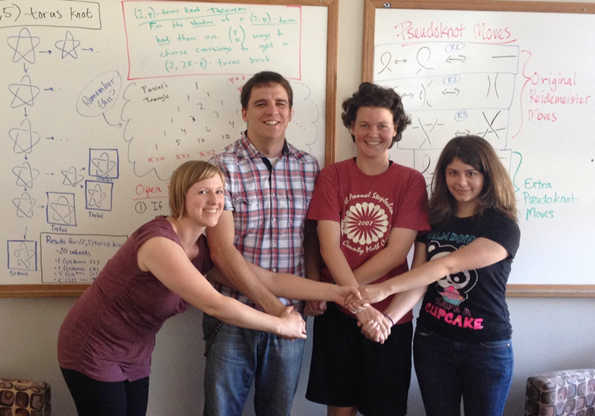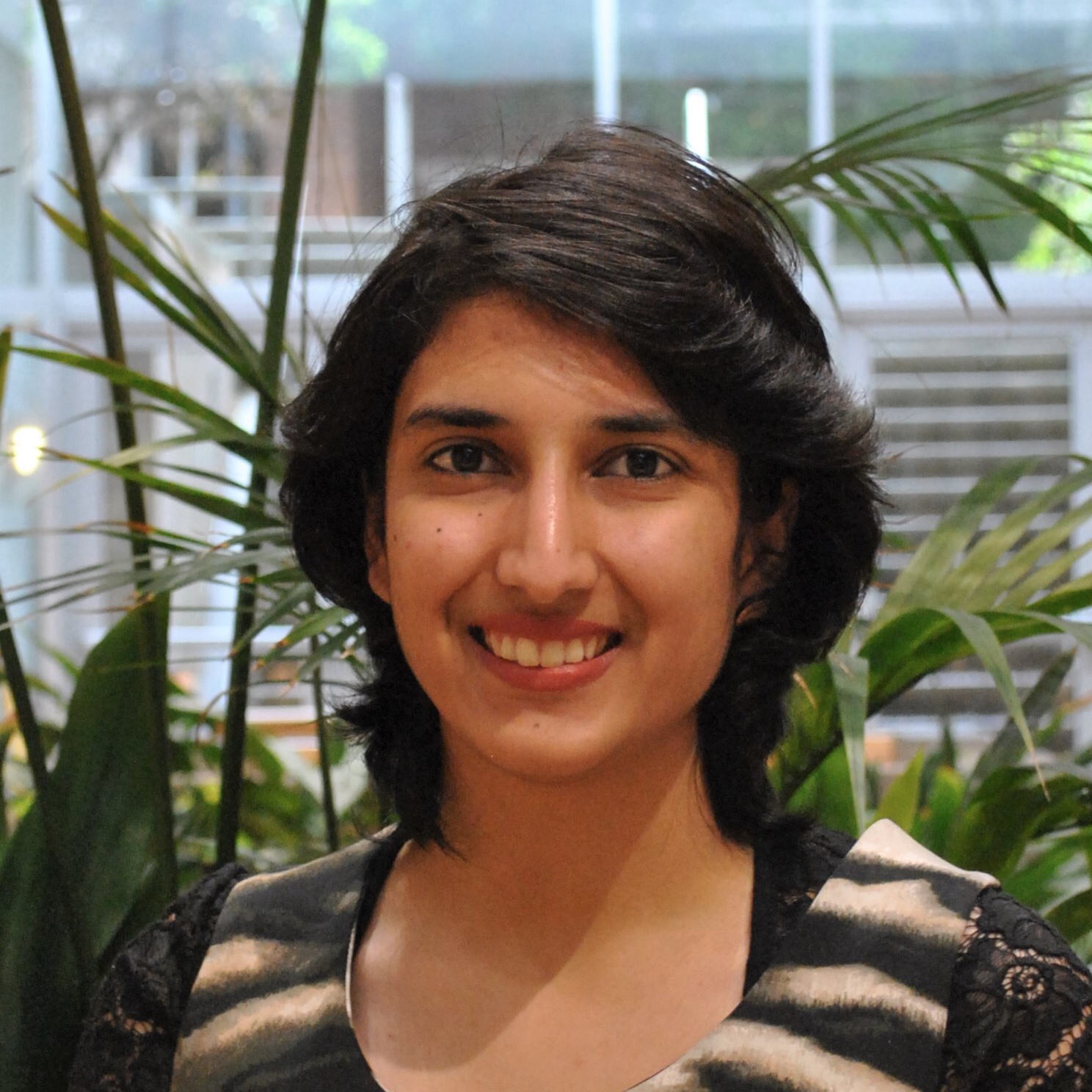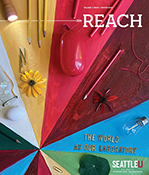
Research Experiences
CSE RESEARCH
Research experience extends beyond what you learn in the classroom, assisting your development as a creative, persistent and responsible leader. You may even graduate as the co-author of a scientific publication.
EXPERIENCES
-
The Full Equation
-
One of the most exciting moments for Allison Henrich, PhD is when a student changes their mind about what math is. “Whether they change from seeing math as useless to seeing it as useful, or from viewing math as computational to viewing it as something requiring creativity, I love to see students address their misconceptions about the mathematical world.”

Sometimes what it takes to change a student’s mind is an inspired teacher and a well-taught class. Brandi Fleming arrived at SU intending to major in chemistry. But Dr. Jim Humphreys’ freshman precalculus class “rebooted” Brandi’s passion for math. “His ability to explain a range of mathematical concepts and show how the concepts are intertwined helped me understand on a deeper level,” she says.
Now in her senior year, Brandi has been working with Dr. Henrich on her research in knot theory, the study of knots from a mathematical perspective. Knot theory is used to model molecules in chemistry and has biological applications as well. Dr. Henrich’s work deals with a type of knot structure that may be particularly useful in the study of DNA.
Knot theory presents some of the hardest problems in mathematics today, yet both Brandi and her mentor describe it visually. “Think of a knot as a knotted circle sitting in space,” says Dr. Henrich. “There is a certain amount of mathematical intuition that everyone has about knots, so it’s something I can easily describe to a group of students. I love that knot theory is both deep and accessible. To prove one’s first result takes a couple of years of college math combined with logic and creativity.”
In addition to her work with Dr. Henrich, Brandi has also participated in nonlinear wave theory research with John Carter, PhD. “I study the different derivations of important equations that model water waves,” Brandi explains. “This has many practical applications, including tsunami detection.”
For Brandi, the chance to participate in cutting-edge research and personal attention from teachers who consistently go above and beyond expectations add up to a big difference. “At a larger university,” she says, “I do not think I would have had the opportunity to accumulate as much research experience as I have. Experiences like this set Seattle University’s CSE faculty apart from any other school.”
-
The Nature of Research
-
Professional formation is a stated mission of SU. For biology students, the way to this goal is through summer research. Drs. Lindsay Whitlow, Carolyn Stenbak and Michael Zanis - faculty members in biology - say the fusion of research and education is what drew them to work in an academic environment.
The three professors share an interest in what affects patterns in biodiversity, each with different expertise. "Lakes present a good system where the three of us can collaborate one question about how water quality affects certain viruses present in the lake algae," says Dr. Zanis. In June, Abi Wells ('16 BIOL) joined their project as a student researcher.
"Abi had the necessary critical thinking skills," says Dr. Stenbak. "She pored over dozens of journal articles and made valuable contributions to our discussions of how we could use our labs and equipment to replicate and expand on what had already been done."
After collecting water samples from 10 different lakes across the region, Abi began working to isolate the DNA of the viruses. "Because this project was a new collaboration, there was not a defined questions for the research to investigate," Abi says. "The opportunity for a rising junior not only to participate in the research but also to help drive the direction it headed, is one of incalculable value."
"As mentors, we encourage student researchers to take the lead, and we are here to help if they get stuck," says Dr. Stenbak. Students benefit from seeing the failures, successes and troubleshooting involved in obtaining results and begin to see themselves as contributing members of the scientific community.
Dr. Whitlow says, "The work we do does not align neatly with the nine-month academic year, because the organisms and the systems being studied are seasonally dependent and require dedicated periods of time in the lab that are not available during a quarter."
“All the faculty who are here at SU are here because we really enjoy using research as the ultimate teaching tool. It’s this great place where we can challenge students, we can give you relevant skills, and we can act as partners together. A valuable learning experience for a budding young scientist.”
Dr. Joseph Langenhan, Chair of Chemistry
"I am proud to be a student at Seattle University because this university allows me to feel at home with the small community around me. From the first day I stepped into the Seattle University campus, I felt a very heart-warming environment with faculty that genuinely cared for its students. Seattle University has provided me with the opportunity to be successful as a first-generation college student."
